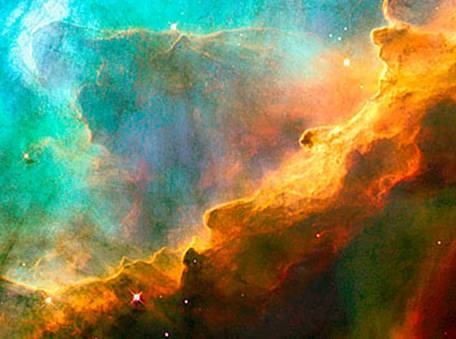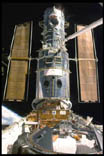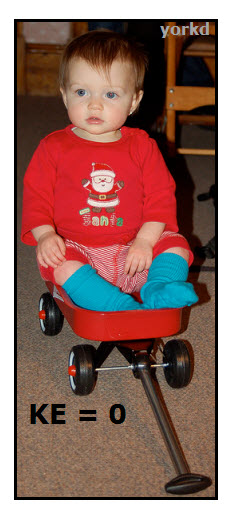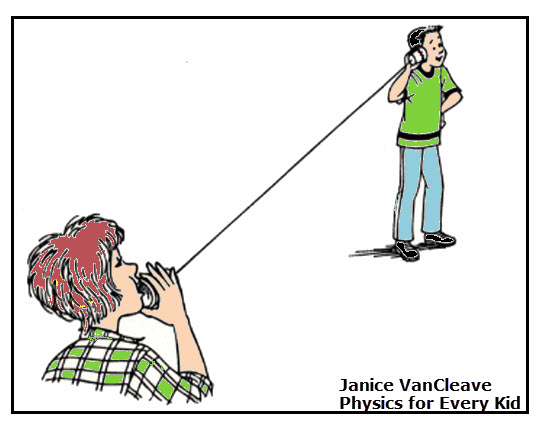Speed measures the distance traveled in a certain amount of time. Scientists use the metric system, thus the speed of light is 300,000 km per sec. This is read as three hundred kilometers per second. Try This! * Say the words “One thousand and one.” It takes about one second to say these words. During […]
Search Results for: space distance
Hubble
The Hubble Space Telescope (HST) is a reflector telescope that orbits the Earth every 96 minutes. This “eye in the sky” moves in an orbit that is about 600 km (375 miles) above Earth. The reason that this telescope is so much better than telescopes on Earth, is that the atmosphere above it is very […]
Sun-Earth-Moon Model
Let’s Make a Sun-Earth-Moon Model Astronomy is the study of stars, planets, moons, and other celestial bodies in the universe. The vast size and distance between celestial bodies is not easy to understand especially if kids have not mastered basic distance measurements. Many kids understand distance in terms of how long it takes to get to […]
Motion: Speed, Velocity, Acceleration
Science TEKS 8.6B: What is the Difference Between Speed, Acceleration and velocity? Speed is: how fast or how slow an object is moving a scalar quantity, which is a magnitude measurement only measured in distance per time, such as miles per hour (MPH; mi/hr), or kilometers per hour (Km/h) A speedometer indicates how fast or […]
What is a Projectile?
Projectiles Have Two Basic Characteristics: 1. Projectiles are launched into the atmosphere or space. This means that projectiles objects that are hurled, pitched, tossed, thrown, or propelled in some way but do not have any device that keeps them moving, such as an engine. Instead, projectile, as described by Newton’s First Law of Motion, […]
How Doing Work Transfers Energy
The wagon in the photo is not moving, thus it has no kinetic energy (energy of moving things). If you pull the wagon across the room, you cause the wagon to move a certain distance. In other words, you do WORK on the wagon. Work = Force x distance When you pull (apply a force) […]
Types of Energy
Energy (E) is defined as the ability to do work (W). This relationship between energy and work can be expressed by this equation: E = W Work is the force needed to move an object. The amount of work done is equal to the product of the force (F) times the distance (d) the object […]
Sound: String Telephone
How Sounds Travels Through a String Telephone Purpose: To produce a string telephone Materials pencil two 5-ounce (150-mL) paper cups 20 feet (6m) of #10 crochet string 2 small metal paper clips helper Procedure 1. Use the pencil to make a small hole in the bottom of one of the cups. 2. Thread the end […]
Black Hole Facts
A black hole starts out as a star, which is very large. Stars give off light because of the nuclear reaction in its core. This reaction produces massive amount of energy resulting in extreme temperatures. The motion of particles increases with an increase in temperature. The kinetic energy of these particles is in an outward […]
Atmospheric Pressure
Atmospheric Pressure The force of air molecules pushing on a surface Also called air pressure or barometric pressure. Air A mixture of gases containing about 78% nitrogen, 20% oxygen, and 2% other gases including carbon dioxide and water vapor. Gas molecules are separate from each other and in constant motion. Words to Know air air pressure […]








